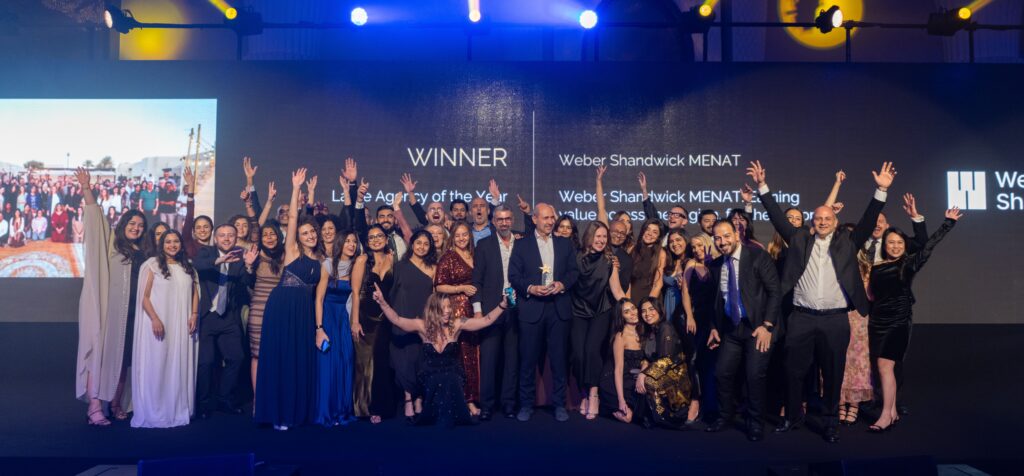2020 was an unprecedented year for everybody in the business world, from startups to established enterprises, consumers to executives. And as the year 2021 progresses into its second and final chapter, pre-pandemic normality as we know it has not returned, with businesses and professionals all operating in the new normal.
For marketers, new challenges continue to emerge, compelling them to return to the drawing board and devise new strategies. For businesses, priorities are also undergoing a restructure, with tighter budgets and stretched resources forcing them to strategize innovatively to reach their audience through unique approaches and powerful platforms.
Fortunately, mobile has been a haven for brands and executives amidst the ongoing turbulence. With mobile commerce gaining traction, businesses are meeting their consumers wherever they are, regardless of distance or location. At the same time, click-and-mortar models have become a necessity over brick-and-mortar. Brands are building custom mobile experiences, listening to their consumers more closely than ever to know what they are feeling – including in the Middle East and North Africa (MENA).
With almost 280 million people connected to mobile internet across the MENA region as of 2020 – 45% of the regional population – we now live in a mobile-first world order. The COVID-19 pandemic only exacerbated this reality, driving unprecedented demands for seamless internet access as many began completing transactions digitally while engaging in full-time remote working and learning over extended timeframes.
As a result, the capabilities that come with mobile internet usage have been introduced to new audiences. Last year, 53% of Middle East respondents in a PwC survey said they were shopping more online via their smartphones, while projections indicate that there will be 344 million MENA mobile internet users by 2025. Evidently, recent trends have laid the foundations for a new future, one where mobile is an ever-present feature.
If the future is mobile, the future is here
A mobile-first approach is a business imperative. Along with an audience-focused content strategy, it helps companies drive full-funnel efficiencies, from outreach and awareness, from lead generation to conversions.
On many occasions, I have observed business marketers, rather admirably, assuming responsibility for everything and attempting to be everywhere. This essentially means that they want to create engaging content, run email campaigns, host webinars, be active on social platforms to showcase corporate leadership or advertising, and direct other tactical initiatives.
It is, however, important to channel all this hard work in the right direction, a direction that ultimately leads to a tangible output. Understanding the channels that can bring about maximum benefits is essential, especially as companies look to the future and prioritize successful outcomes via focused marketing strategies.
For a consumer business, technology platform, or application focused on driving user acquisition, app downloads, or high-quality traffic; it will always be prudent to go above and beyond in terms of creativity and productivity. In today’s evolving digital age, Generation C – connected customers – has been at the forefront of marketers’ minds. Yet when it comes to successfully increasing brand reach and impact on a massive scale, challenges can emerge in different parts of a marketplace where broadband connectivity or internet access and penetration is somewhat limited.
Tapping offline audience for growth
Although it may surprise some, especially considering the scale of emerging markets, internet access and connection issues persist, even in this day and age where huge numbers consume content in native languages.
With this in mind, a question arises: has digital-first innovation left these offline audiences behind? Considering the mobile world’s power, ‘not really’ would be an accurate answer, and many marketers have recognized the need to come up with ways to circulate mobile content through any given community that lacks internet access.
Technology platforms or publishers, such as SHAREit, are being approached by businesses to carry out such efforts. Brands across, for example, the banking and fintech industries have been leveraging the online and offline platform to convey desired messaging and acquire more users across the MENA region.
Without question, the digital revolution across the MENA region is being spurred by mobile platforms. As companies and industries look to leverage their ecosystems and capabilities, they can do so with the knowledge those they collaborate alongside focus entirely on what matters – building their business and ensuring objectives are realized.
Challenges and opportunities for growth marketers
Opportunities in today’s mobile world are limitless, yet we cannot ignore that advertisers are coming under greater pressure and scrutiny to connect with audiences in personal ways. Similarly, consumers are also facing growing pressures to manage and pay for a myriad of entertainment platforms. As users search for niche content and explore trending entertainment, they are veering towards ad-supported options where they do not have to pay subscription costs – which should also be a key consideration for marketers as they explore more advertising platforms.
Looking ahead, marketers require a new approach, moving from chasing their audience to adopting a neighborhood strategy. In doing so, they can effectively chart the neighborhood of any given consumer before approaching them with offerings that encompass what they are looking for on each platform. Businesses can move beyond marketing across an extended landscape, capturing success from gaining a deeper understanding of audiences and consumers and ensuring the right balance between content, costs, and advertising preferences are maintained.
Opinions in this piece belong to the author






